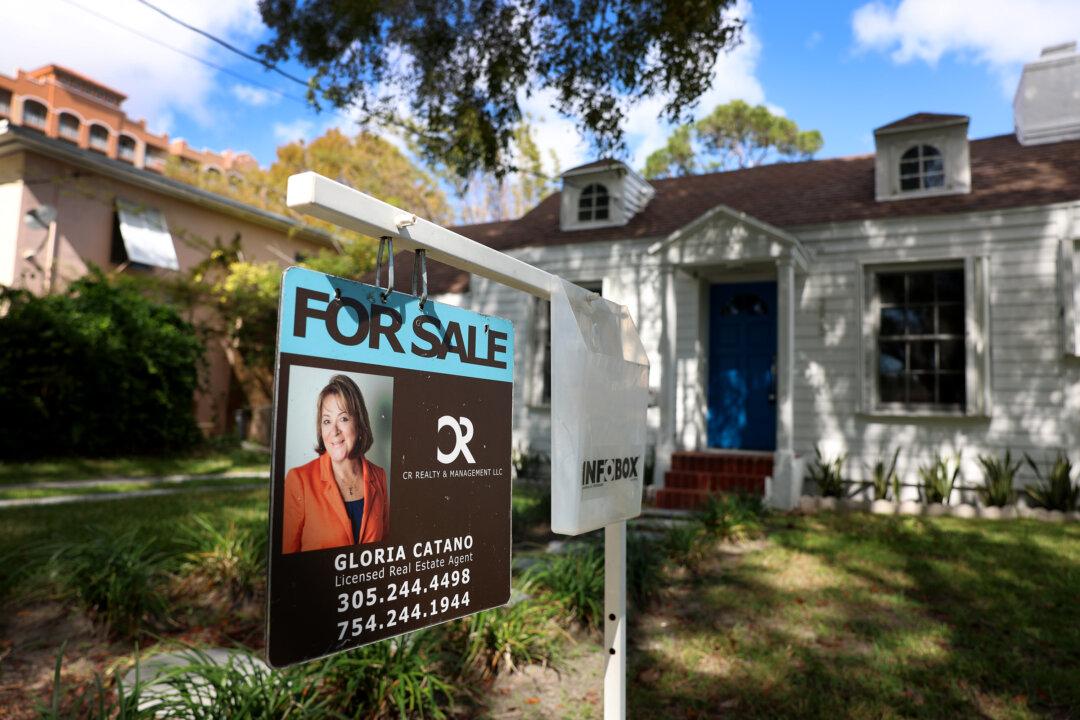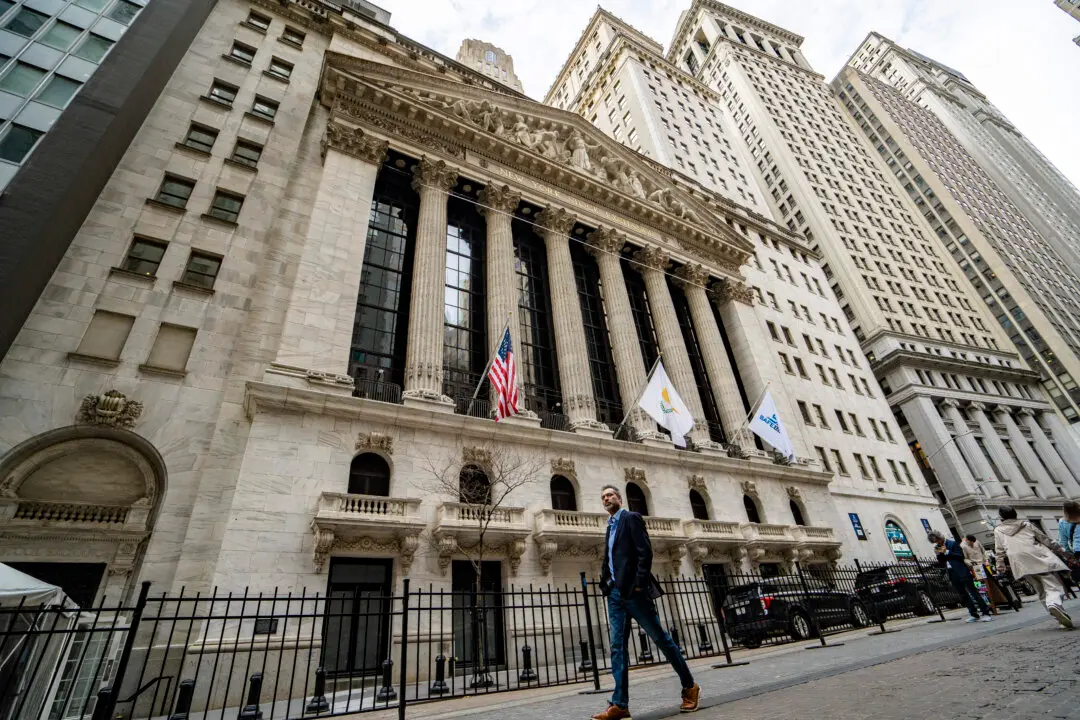The Federal Housing Finance Agency (FHFA) says in a new report that it’s time to update the Federal Home Loan Banks (FHLBanks) system to provide the public with a distinction between these banks and the Federal Reserve. The FHFA’s comprehensive review comes as the United States is entrenched in a housing affordability crisis, from higher real estate prices to ballooning mortgage costs.
In its report, the FHFA explained that the purpose behind FHLBanks is to ensure a steady flow of liquidity to member institutions and support housing and community development.





